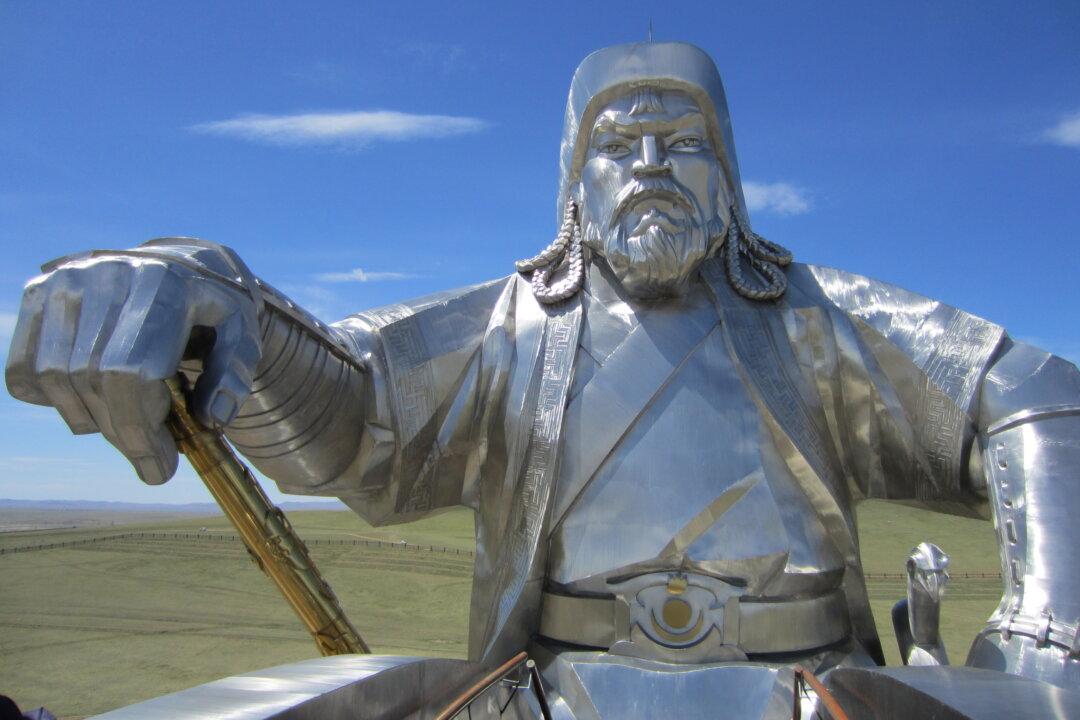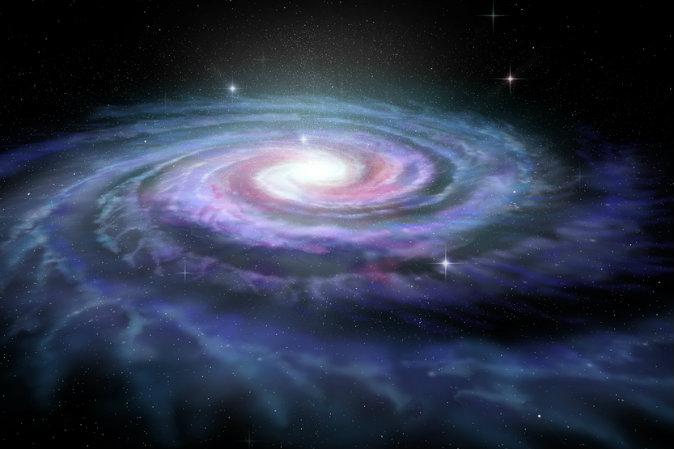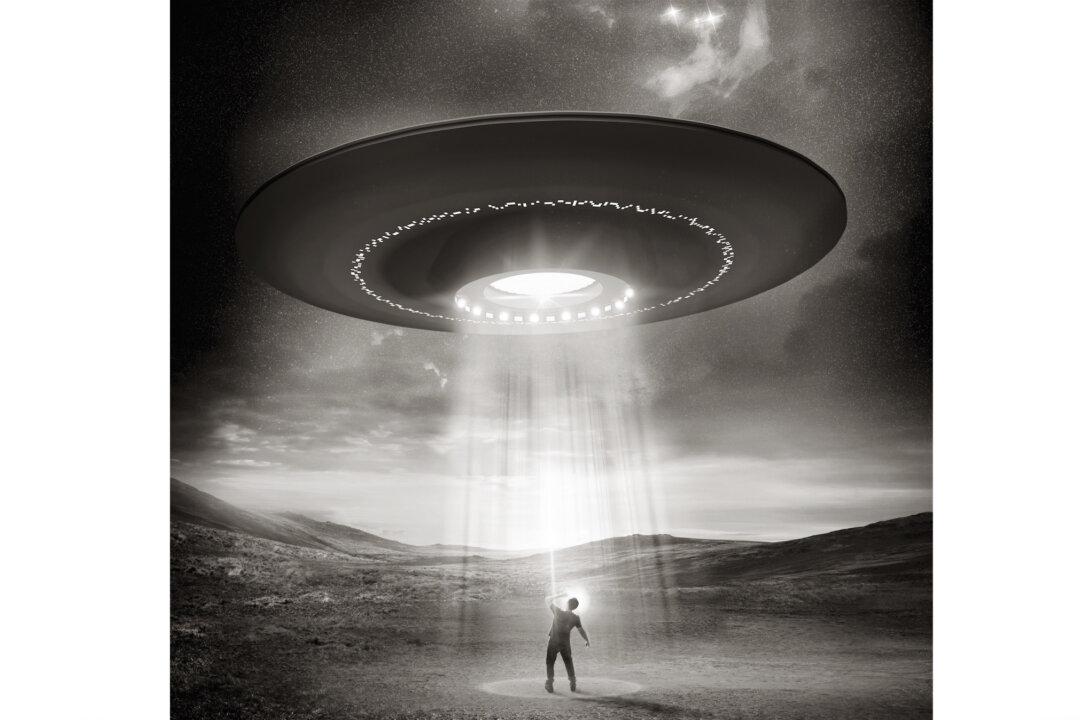Going faster than the speed of light is impossible, according to Albert Einstein’s Special Relativity Theory, yet theoretical physicists bend their minds to the task, wondering if there’s a way around the rules.
Traveling well beyond our solar system—as far as the imagination can take us into space—would require faster-than-light (FTL), or superluminal, velocities. What kind of technology could help us travel so quickly? Assuming this technology were available, how much energy would be required to fuel it?
These are the kinds of questions scientists, including those at NASA, are eager to come to grasp with. But imagine getting to those immensely distant realms by not moving at all.
But imagine getting to those immensely distant realms by not moving at all.




